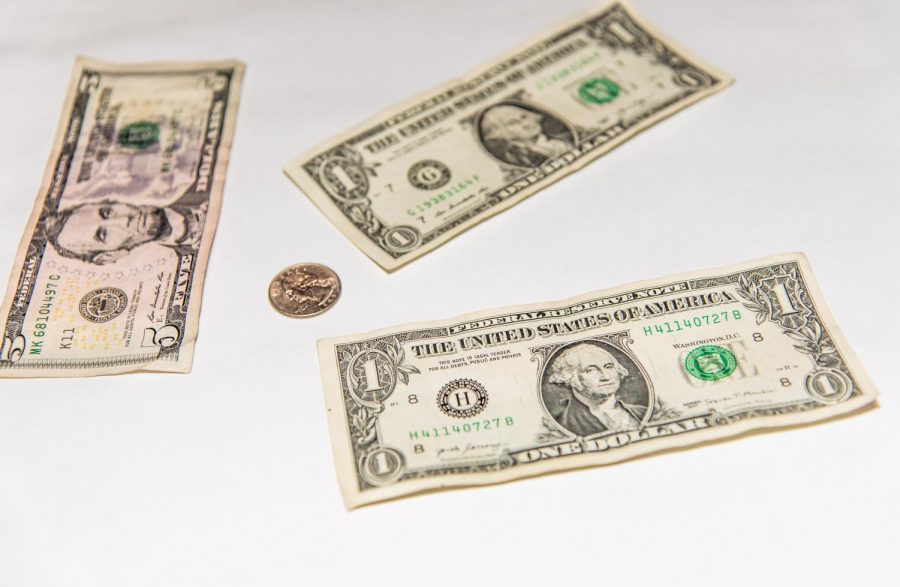Opinion: The minimum wage law is not socially just
March 5, 2021
Social justice requires that we look at any law or legislative enactment or public policy through the prism of the “last, least and lost amongst us.” That is, from the vantage point of the poor, the downtrodden, the unskilled, racial minorities that have had more than their fair share of grief, etc.
The minimum wage law must be given a thumbs down verdict from this perspective, for this law preys upon that very demographic. To give just one statistic, before the advent of this despicable policy in the 1930s, the unemployment rate of black teenaged males, and white men in the fifties, was about equal; they were within a few percentage points of each other in this negative statistic. At present, at least pre-Covid, the former were jobless at a quadruple rate compared to the latter. Let me repeat that: quadruple!
Why is this? It is due to the fact that this law does not specify employment, it calls into being unemployment. A minimum wage law of $15 does not require any firm to hire any worker. It only mandates that IF people are taken on the payroll, THEN they must be paid this amount. But suppose someone with little expertise, no experience, a poor education, has a productivity level of $10 per hour. Then, any company taking him on will lose $5 hourly; he will not be hired! What type of person have we just described? Precisely the very people the social justice philosophy asks us to keep in mind when judging public policy.
It is understandable that racists, bigots, ageists (those who hate the young) would favor the minimum wage law. But it is no less than appalling that those who are filled with the milk of kindness should also do so. One possible explanation is economic illiteracy. They think wage minimums actually raise wages; they are like a floor under them. Raise the level, and compensation will be boosted. They do not realize that, instead, this law is akin to a hurdle over which one’s productivity has to “jump” in order to be employed in the first place. Basic supply and demand analysis demonstrates that compulsory prices above equilibrium create surpluses, that is, unemployment.
Advocates of this evil legislation maintain that “research” indicates that remuneration actually rose in a series of cases when the minimum level was increased.
But these researchers invariably compare two contiguous states, one of which has increased its minimum wage by a small amount, the other of which has stood pat in this regard (the most infamous of these studies was done by Card and Krueger comparing New Jersey and Pennsylvania). The finding is sometimes that small, or non-existent unemployment effects can be discerned. But this is like comparing people who smoke 4 packs of cigarettes per day with those who puff away at 5 packs. Of course, there will be little or no divergences in cancer rates between the two. A much more reasonable research model would be to compare heavy smokers and complete non-smokers. Similarly, the proper way to do so in labor economics would be to compare the presence and absence of this law, and unemployment rates not of all people, but only of those most vulnerable to its unemployment effects: teens, blacks, the unskilled. If that were done, research reaches an unequivocal and very negative conclusion.







